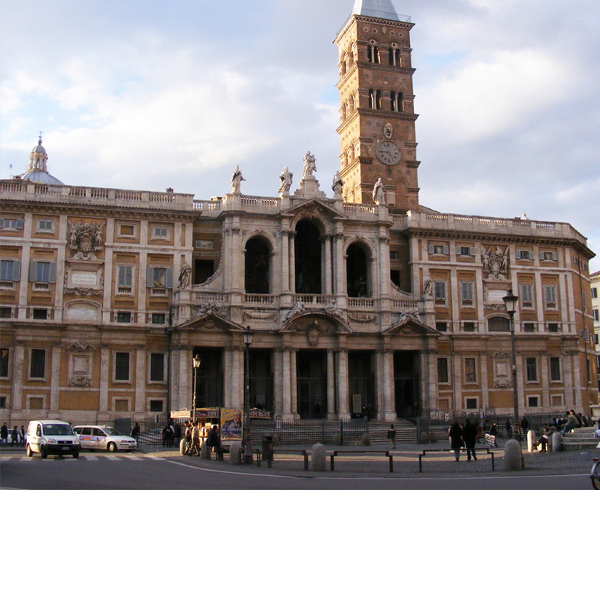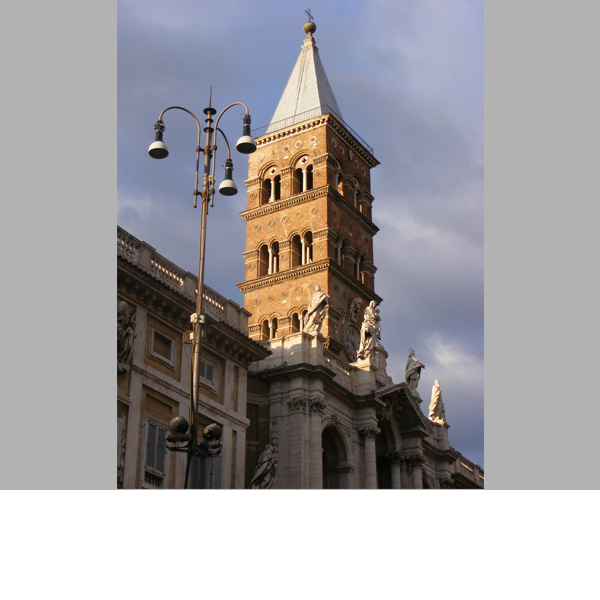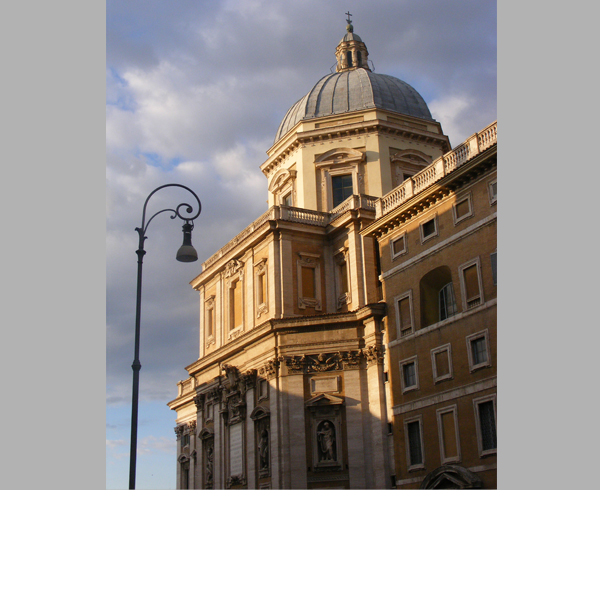Some time ago we said that Pope Boniface VIII celebrated the first Jubilee of Christian history in 1300 indicating as places of pilgrimage the two basilicas of S. Pietro and S. Paolo built on the tombs of the Apostles. Nine decades later, during the pontificate of Boniface IX (1389-1404), two jubilees were celebrated (in 1390 and in 1400) and were added two other churches to visit to get a plenary indulgence, S. Giovanni in Laterano and S. Maria Maggiore.
The latter is linked to a beautiful legend that is still remembered with a solemn ceremony.
It is said that Pope St. Liberius (352-366), a night of August 358 d. C., had a dream rather unique: the Virgin Mary asked for the construction of a church on top of the Esquiline Hill, an unusual summer snow would signal the place. The same situation was also dreamed by a couple of very devout Roman nobles. When the Pope and the patrician Giovanni woke up they found that the area indicated by the Virgin was actually covered in snow. Pope Liberius immediately ordered the start of the construction and the noble couple financed the construction by donating all her riches.
The basilica was then called S. Maria della Neve (neve means snow) or Liberian in homage to the Holy Father; later studies revealed that the church had to be in the vicinity of the current one, but not exactly in the same point. Indeed, it was Pope St. Sixtus III (432-440) who founded the church we know today consecrating it to the Mother of God, thereby giving rise to S. Maria Maggiore.
Every year on August 5th, in memory of the miracle of snow, hundreds and hundreds of white petals are thrown down from the dome of the Cappella Paolina inside the church; instead outside you can admire an artificial snowfall accompanied by a show of sounds and lights.
On the square, a short walk from the facade of the basilica, is settled the Column of Peace by Pope Paul V in the early seventeenth century.
Metro A: stop Termini






